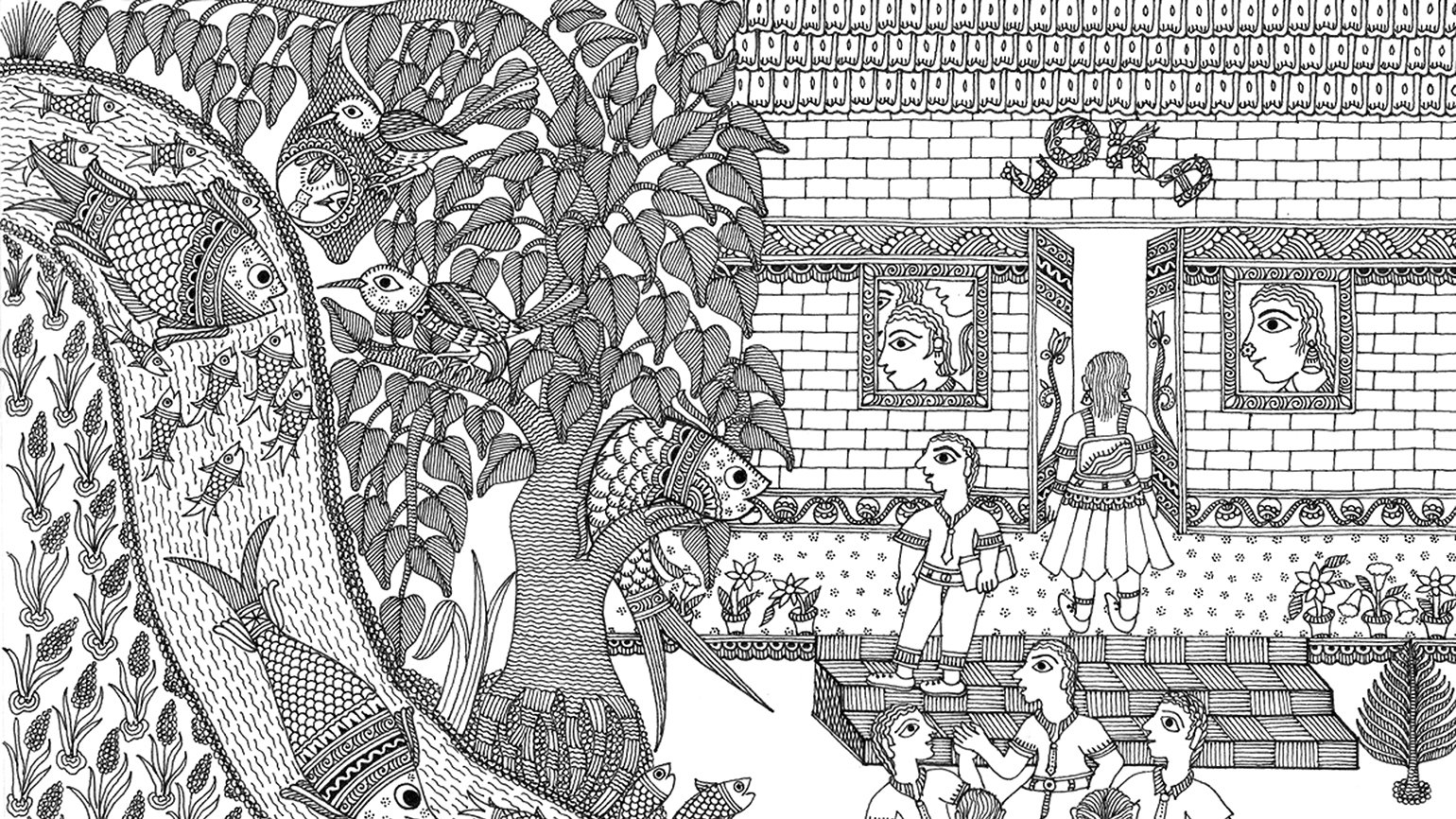
LOKA
My Role:
Art Direction
Illustration
Website
In 2015 Loka’s school opened its doors for full-time education in a village along the Punpun river, North-India. Its 2.4 hectare grounds include thoughtfully designed classrooms, a natural farm, flower gardens, trees, a handcrafted play system and sports fields. The space provides an excellent atmosphere and infrastructure to learn, create, innovate, play and reflect. Loka’s natural farm is managed together with local farmers and meant to connect the learning journey of students with the soil, rather than creating a disconnect with the main occupation practiced in the region. Students are involved in the farm through experiments and projects that build on and add to existing farming knowledge and practices in their village.
At the moment of writing 90 students aged 4-14 from nursery class until grade 8 study at Loka. Every year a grade is added. In years to come the school will increase up to 108 students and provide Complete Education until grade 8 and subsequently a 4-year Craftmanship Course. After completing their education at Loka, students are equipped to create their own livelihoods, empowered to uplift their surroundings and enriched with a sense of purpose.
These animations were created along with Mithila artists Mahalaxmi Karn, Pradyumna Kumar and Pushpa Kumari. Animations by Shaaz Ahmed. Visit loka.in
2019
w/ Ishan Khosla Design
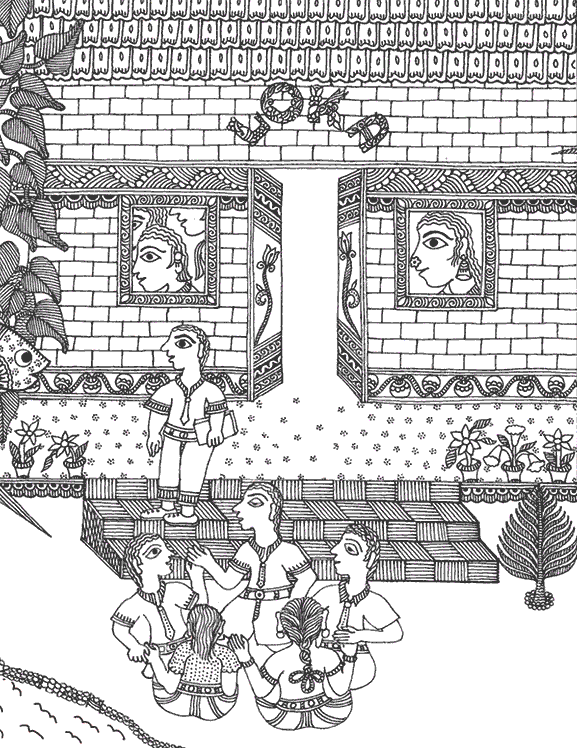
WHAT – Happy, Healthy, Beautiful,
Just and Sustainable world starts
with the right education
Loka explores ways of learning that empower children to change the world. In 2015 Loka’s school opened its doors for full-time education in a village along the Punpun river, North-India.
Its 2.4 hectare grounds include thoughtfully designed classrooms, a natural farm, flower gardens, trees, a handcrafted play system and sports fields. The space provides an excellent atmosphere and infrastructure to learn, create, innovate, play and reflect.
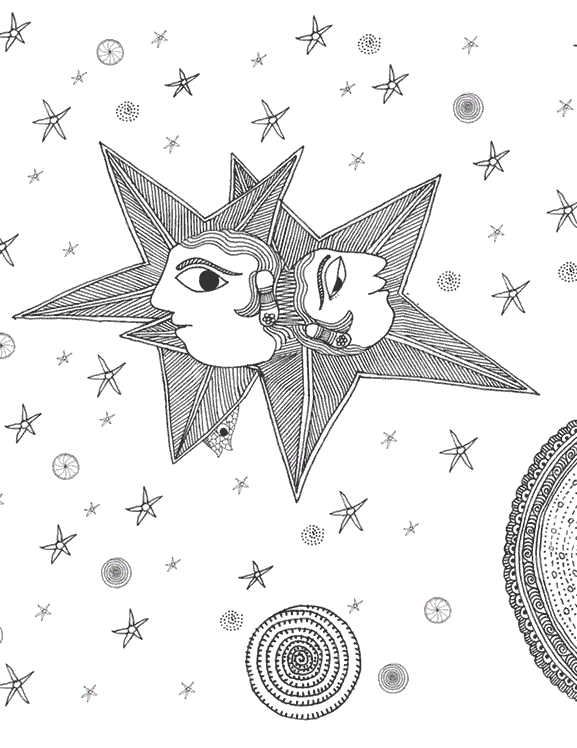
WHY – Mission Statement
Loka is a Sanskrit word meaning world or place of existence. It refers both to invisible worlds as well as to our planet Earth and the spaces where we spend our daily lives.
Loka’s aim is to explore ways of learning for a Beautiful, Just and Sustainable world. This is being realised by creating an innovative and inspiring school that is locally rooted and globally connected.
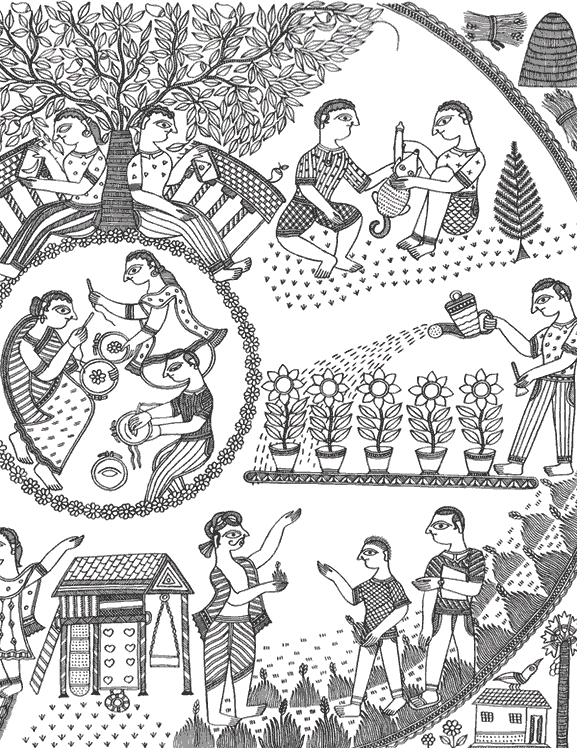
HOW – Learning at Loka is an ongoing process
The child’s journey at Loka begins with mixed age groups of 4-6 year olds learning together. During these first years art & craft, conversations, play, music, poetry, storytelling, nature walks, observation classes and educational games instil a love for learning. The teacher is always looking for activities during which the child becomes completely engrossed. After three years of creating a basic foundation, students move to primary and middle school and their time at Loka increases from 4 to 8 hours a day. In grades 1-8 a variety of subjects are offered. Books form a guideline and learning happens from near to far; by starting from the child’s world and interests before explaining more abstract concepts. Regular performances and presentations enable students to express themselves creatively and build confidence. Students participate in keeping the school campus neat & clean through manual work. There are yearly school trips and regular art & science workshops. Since beginning 2019 senior students participate in Out of Eden Learn, a thoughtfully designed cross-cultural exchange with other students from all over the world. Special attention is given to deepening the learning, for example through dialogue, reflection, moments of silence and slow walks.
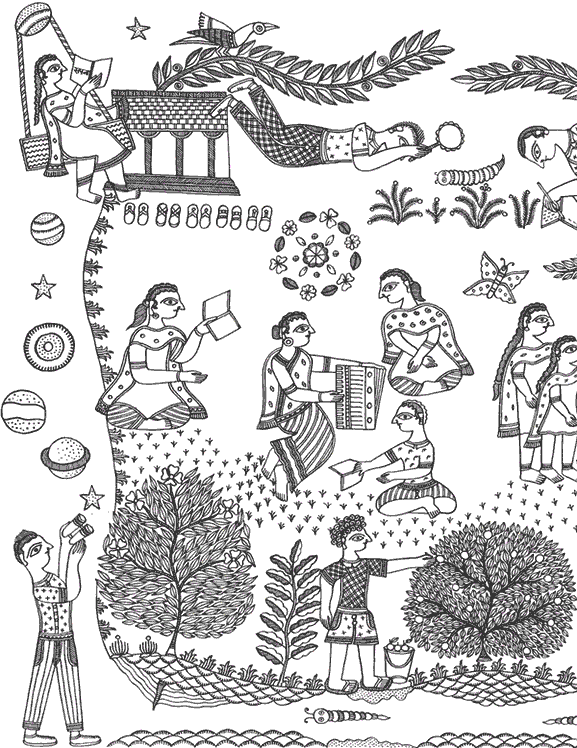
WHO – Founders & the beginning of Loka
Like a colourful flower garden where the parts together make a beautiful whole, a diverse range of connections and collaborations make Loka what it is today.
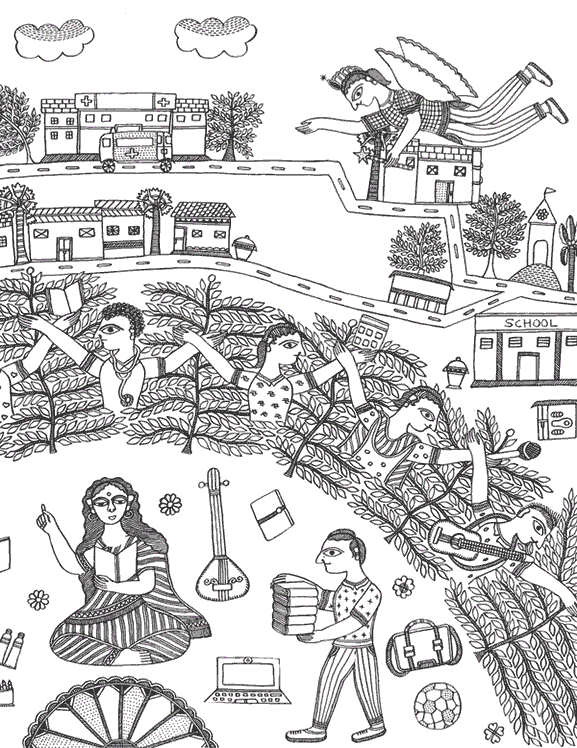
WHEN – Past, Present and Future
Loka’s school opened in 2015 providing regular education with as main differences that competition was replaced by collaboration and art, creativity and sports were considered equally important as academics.
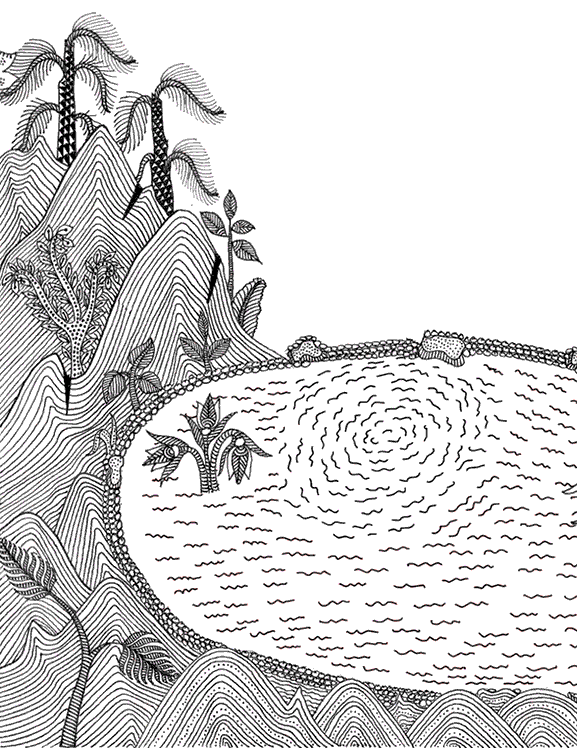
WHERE – A village along the Punpun river
Loka’s School and Farm are located in Village Manikpur
in Bihar, North-India. The village has a population of around 750 people who generally earn their livelihoods as small-scale farmers and labourers. Manikpur lies in Aurangabad district, which used to be part of ancient India’s Magadha Kingdom. The village is set along the Punpun river, a tributary of the Ganges. The state Bihar has a rich history, one of the most varied of all India.
The universe has existed for billions of years
and by chance we ended up living at the same time.
That counts for something...
© 2024. ATIUNNATI. ALL RIGHTS RESERVED.